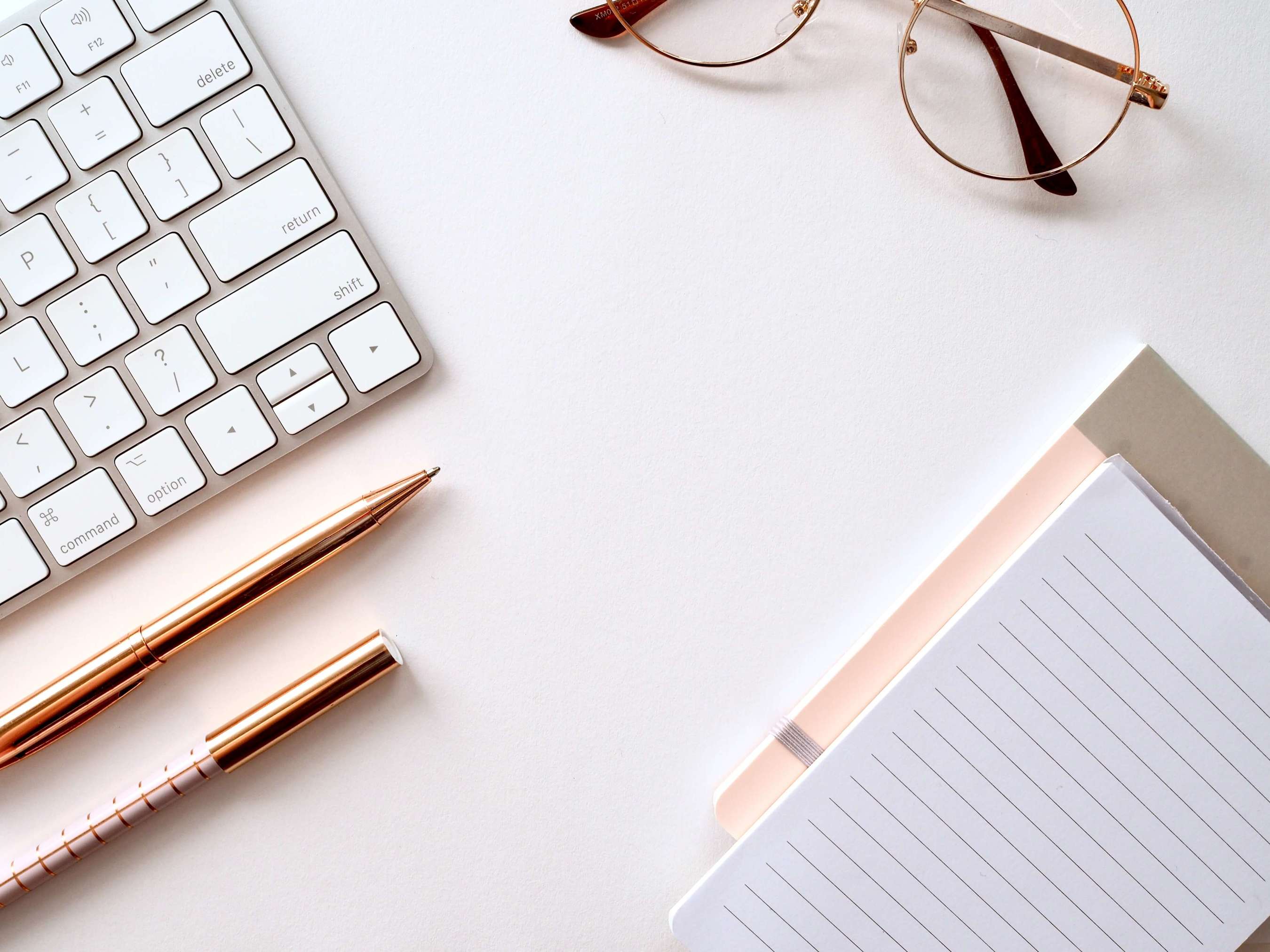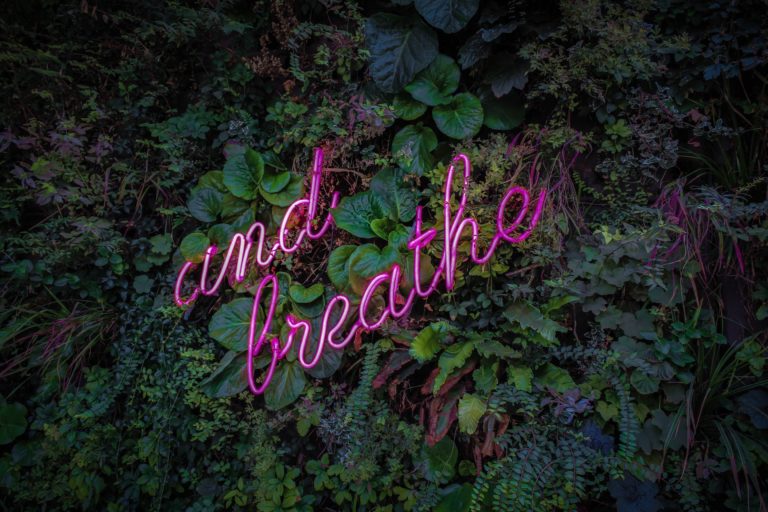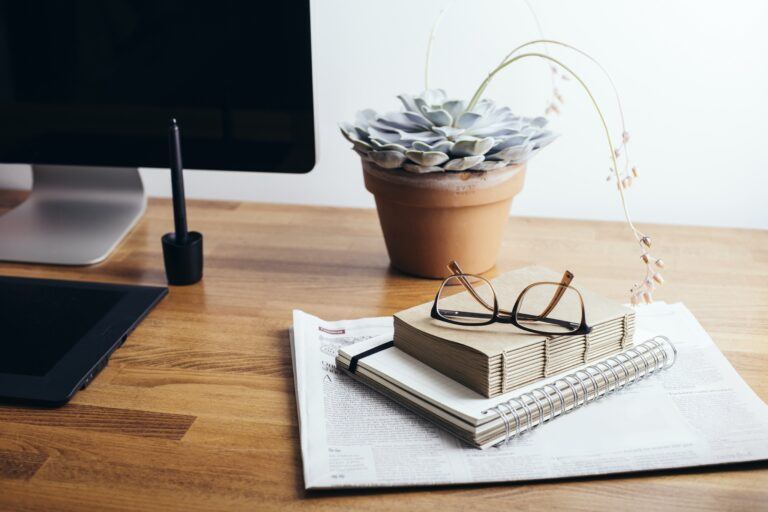Many New Yorkers are stuck at their desks; sitting from 9-to -5. We tend to slouch and quickly abandon proper posture, allowing our shoulders to round forward and exaggerating the curve of our upper back. Unfortunately, this manifests in uncomfortable aches and pains.
When the spine is in a neutral position it has four natural curves, two outer and two inners. The cervical spine, or neck, has an inward curve, and so does the lumbar spine, or lower back. The two outward curves are the thoracic spine, or upper back, and the sacrum and coccyx – the fused bones connecting the back of the pelvis and the tailbone. These curves balance and support the weight of the spine. When one of the curves is out of alignment, it puts extra strain on the surrounding muscles.
When we slump over, the weight of the head and upper body is slightly forward. This taxes the muscles at the nape of the neck and down the spine causing tight shoulders, nagging neck pain, and a stiff lower back.
Pilates is one of the best ways to stabilize these structural weaknesses and alleviate these aches by strengthening our anchoring muscles.
Here are some simple, yet extremely effective, solutions
1) a. Using a large exercise ball (available at any sporting goods store or your local health club), lay back over the ball with your feet firmly on the ground, hip-width apart, knees bent at a 90-degree angle. The ball will support your lower back but it’s important to keep your abdominals engaged.
Laying back will take some balance but once you feel stable, bring your arms up in front of you, palms facing in, let them open sideways toward the floor. This forces the chest and the front of the shoulders to broaden. Your neck and head can rest on the ball, but this shouldn’t strain your neck (move feet forward/backward until you are comfortable).
Don’t forget to breathe, and enjoy the stretch!
b. In this position, bring your hands behind your head, scoop the belly in, and do a few slow curl-ups to strengthen abs. A stronger core will prevent future back pain and reinforce better posture!
Another great stretch for the front of your shoulders
2) a. Sitting on the ground, bend your knees, feet on the floor hip-width apart, toes facing forward. Lean back, into a V-shaped position, place hands slightly behind you, fingers pointing forward. Inhale and think of floating your sternum (mid-chest) upward and forward, to causing a small arch in the thoracic spine (upper back). Keep your lower back neutral and lengthen the nape of your neck. Breathe deeply and hold for a count of ten, then return to neutral (repeat as often as you like).
b. From this position, engage your core by scooping the belly up and in. Distribute your weight into your hands and feet and lift your body into a tabletop position. Keep your neck in line with your spine; hold it so it doesn’t fall back toward the floor (if that is too taxing, bring your chin to your chest). Keep your abs engaged so you don’t strain your back. Your glutes and hamstrings (butt and rear thigh muscles) will engage and work to keep the hips raised. If you feel a strain on your knees, make sure they are aligned with your hips and at a 90-degree angle, directly over your feet. Take 5-10 deep breaths here, then gently lower down. Circle your wrists a few times to loosen up the joints and then repeat as desired.
Not only will this open your chest and shoulders but also, you will feel a stretch in the front of the hips and thighs, key areas to stretch as well after sitting all day.
Try these easy moves during or at the end of the day. You will find your muscles strengthening and your increased awareness will help avoid those nagging aches and pains.






